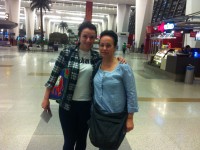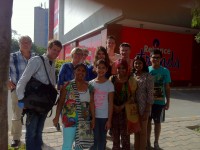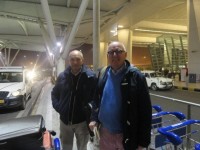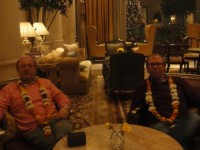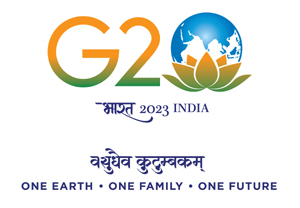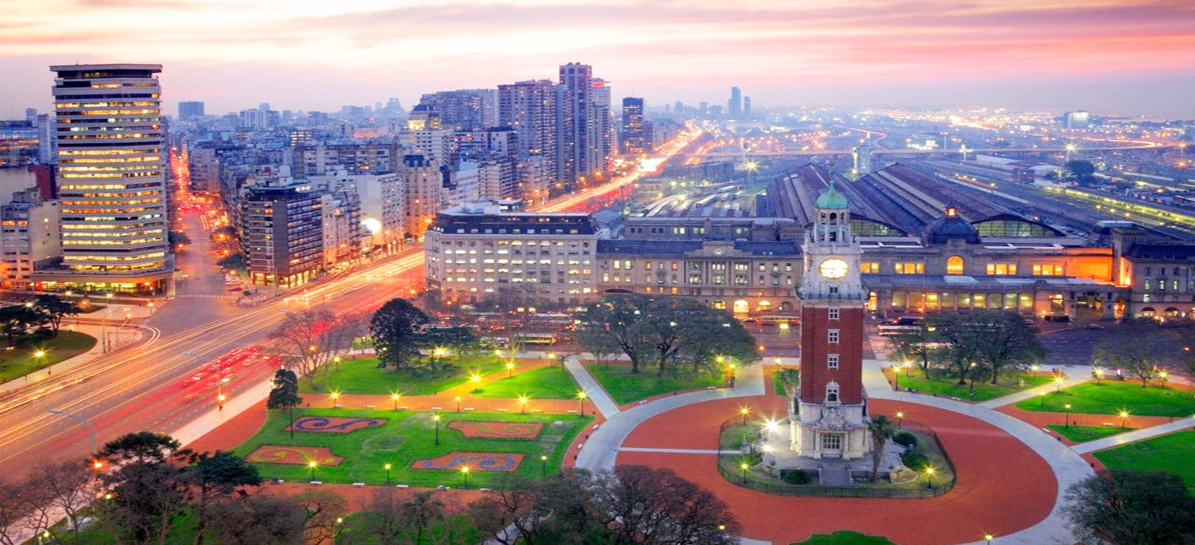
general information
Argentina is an independent state and a republic which occupies much of the southern part of South America. With an area of 2,780,400 km², it is the 8th largest country in the world and the second-largest country in South America (after Brazil). Compared it is slightly larger than 5 times the size of France, or about 4 times the size of Texas.
Argentina is bordered by the Andes mountain range and Chile in west, by Bolivia and Paraguay in north and by Brazil and Uruguay in north east and it borders the South Atlantic Ocean in east.
Argentina has a population of 43.5 million people (in 2016); capital and and largest city is Buenos Aires. Spoken language is Spanish.
Weather –
Argentina’s climate is generally temperate but there are major regional variations due to its size – from the extreme heat of the northern regions, through the pleasant climate of the central pampas, to the sub Antarctic cold of Patagonia’s glacial regions. Throughout the country January is the warmest while June and July are the coldest. The mean annual temperature in Buenos Aires is 16oF, in the extreme north the Chaco area comes in at about 73oF.
Best time to go –
The seasons in the Southern Hemisphere are the opposite to those in the Northern. Argentina experiences two high seasons, the summer months of January and February and the July winter ski holidays. The amount of people and the prices usually go up during these times. It’s best to visit Patagonia, Cordoba, San Luis, the Sierras and beaches of the Buenos Aires coast during the summer (December to March). The north and northwest of the country are best visited in the winter (June to August) when there is less rain and the tropical temperature drops slightly. If you’re heading to Argentina for the Iguazu falls, winter and spring are best as the summer can be too hot.
Currency –
The Argentine Peso (ARS) is the currency unit for Argentina. The Peso symbol is the same as the dollar sign ($).


